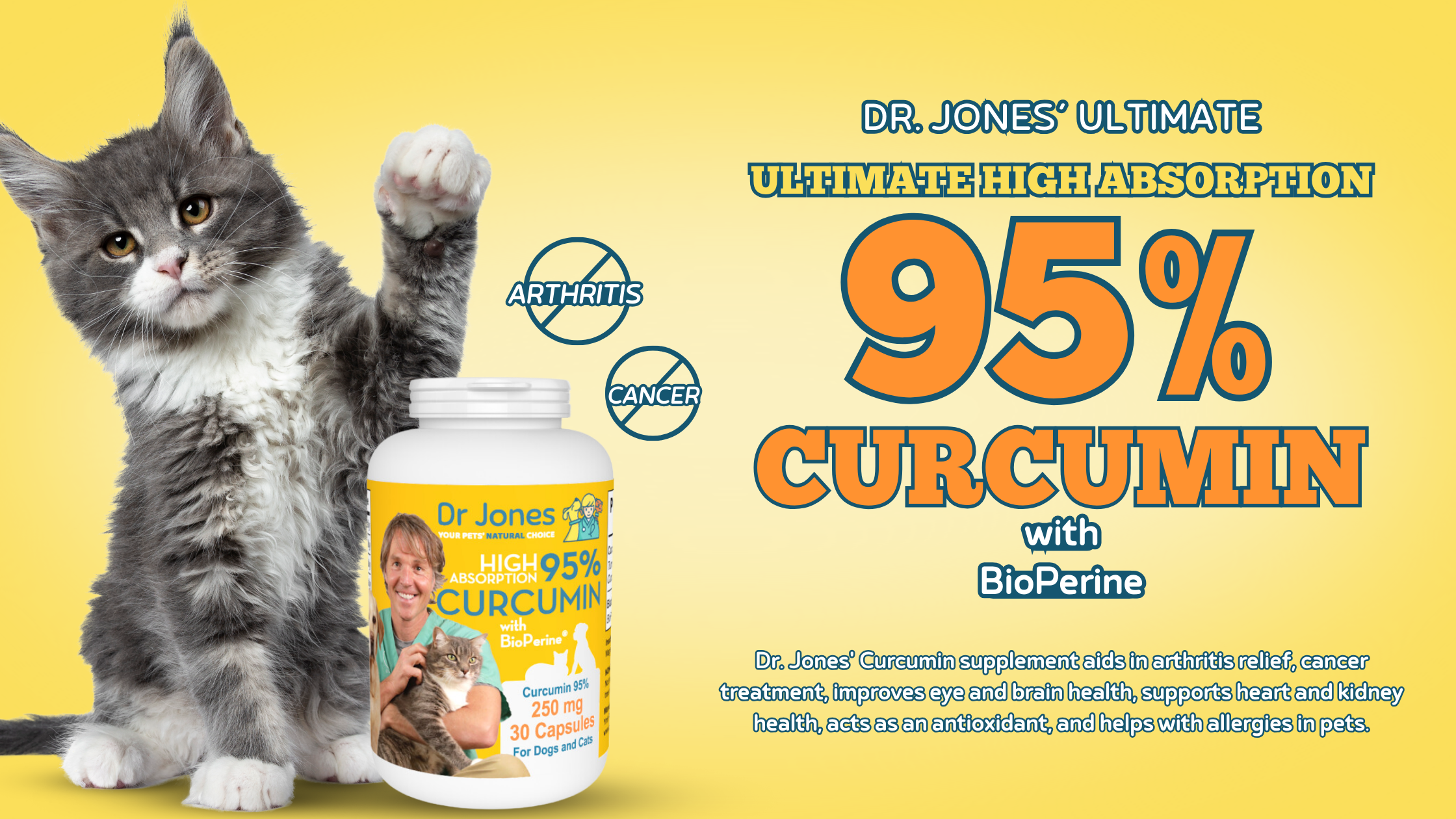Home Remedies for Dogs: 5 NATURAL TREATMENTS for Fatty Tumors That Actually Work
Lipomas—these benign fatty tumors—are so common in our dogs. Pippi, the friendly yellow lab who’s been in so many of our videos, happens to have a few. Here’s one right under Pippi’s left armpit. When I grab the skin, you can see this sort of one or two cm by one or two cm round, soft, cyst-looking structure. It’s soft, movable, easily moves under the skin, and is located on the chest wall. It’s a pretty quick and simple diagnosis to find an elastic, put a little sample on a slide, and instantly, you’re going to see they’re just fat cells. So what Pippi has here, this is a lipoma; it is a benign fatty growth. It’s just a whole bunch of fat cells encapsulated in a fibrous tissue capsule.
Causes of Lipomas
How and why do lipomas form, you may be wondering? Turns out, we’re not 100% clear. What we do know is there’s just an excess number of fat cells. We know that genetics definitely plays a role, as does chronic inflammation, which is rampant among people and our dogs. It’s believed that this also plays a big role.
Top Five Natural Remedies for Lipomas
Knowing all that, here are my top five natural remedies that you should be using right now to help your dog with lipomas:
-
The Keto Diet for Dogs
- You need to be feeding less of these simple carbohydrates and much more of this stuff—animal protein. These simple carbs, like pasta, are rapidly converted into glucose. The glucose, if not immediately used, then gets stored and turned into fat. What you’re seeing here, dog kibble, most of it is simple carbohydrates.
- The second part of the keto diet, which has been beneficial for so many dogs, you’re adding in a specific fat: MCT oil, isolated from coconut oil. When you have animal protein as a primary source of food, and you add in MCT oil as a primary source of energy, then you get the body using ketones as a form of energy as opposed to glucose. This can go a long way in increasing the metabolic rate and a decreased reduction in the number of fat cells. Ideally, you’re feeding less of the kibble, more just 100% animal protein, but if that’s not feasible and affordable, at the very least look at getting a kibble which is much higher in animal protein.
-
Green Tea
- Just so happens to be this greenish tea. This is green tea, and this here, this is green tea extract. Green tea is known to be anti-inflammatory and has also been shown to increase metabolic rate. I’m really confident talking about Green Tea because I’ve done prior videos in the past talking about specifically lipomas and green tea consistently comes up as the one remedy that has been really beneficial.
-
Colostrum
- This is an immune supportive supplement which also increases metabolic rate. Colostrum, also known as mother’s first milk, contains all these immune cells, essentially providing the initial immunity when your puppy or kitten was born, but it contains so much more than that. It’s being used to protect the gut against non-steroidal anti-inflammatory drug injury. It also contains specific growth factors. It’s a darn super safe supplement, really underutilized in veterinary medicine, and it can be really beneficial for your dogs.
-
Curcumin
- Super impressive anti-inflammatory. Scientists think that one of the main reasons lipomas are developing is chronic inflammation. So if you can decrease the levels of chronic inflammation in your dog, potentially you can go a long way in decreasing the development of these lipomas and/or helping them shrink. The curcumin is the active ingredient from the plant turmeric. It has been well documented potentially to be the most important supplement for chronic inflammation.

-
Rutin
- This is a bioflavonoid supplement isolated from citrus. Flavonoids are some of these beneficial nutrients found in peel, for instance, an orange peel. That’s where you can find Rutin. There’s a condition where all this fat builds up within the lung cavity called chylothorax, and the only treatment which has shown to be effective is Rutin. So Rutin’s an anti-inflammatory that plays a key role in ensuring you have normal lymphatic function, and there’s now some thought that developing a lipomas is related to a lymphatic system not functioning properly.
As a veterinarian, I often encounter pet parents who are concerned about lipomas in their dogs. While I can’t claim to know all the answers, I do want to share what I’ve observed in my practice. Many pet owners, perhaps like you, have successfully modified their dog’s diet to manage these fatty tumors.
Dietary Changes for Managing Lipomas
From what I’ve seen, reducing the carbohydrate intake and increasing protein levels in your dog’s diet can be beneficial. Additionally, incorporating substances that boost metabolic rate, such as green tea, seems to have a positive impact.
Your Experience Matters
If you decide to try these remedies, I would be very interested to hear about your experiences. Observing a reduction in the size of lipomas in dogs following these adjustments is always encouraging, and your feedback could be invaluable in helping others facing similar issues.


Hi, should I give my black lab all 3 supplements that speed up his metabolism or should I pick 1 or 2? Thanks.
One supplement is enough
Hi can you pls let me know: us know how to use these. Which 1 1 st or all together. Etc.
it does not explain a precise order of use or strong guidelines for stacking them, so you should pick a manageable few, monitor your dog closely